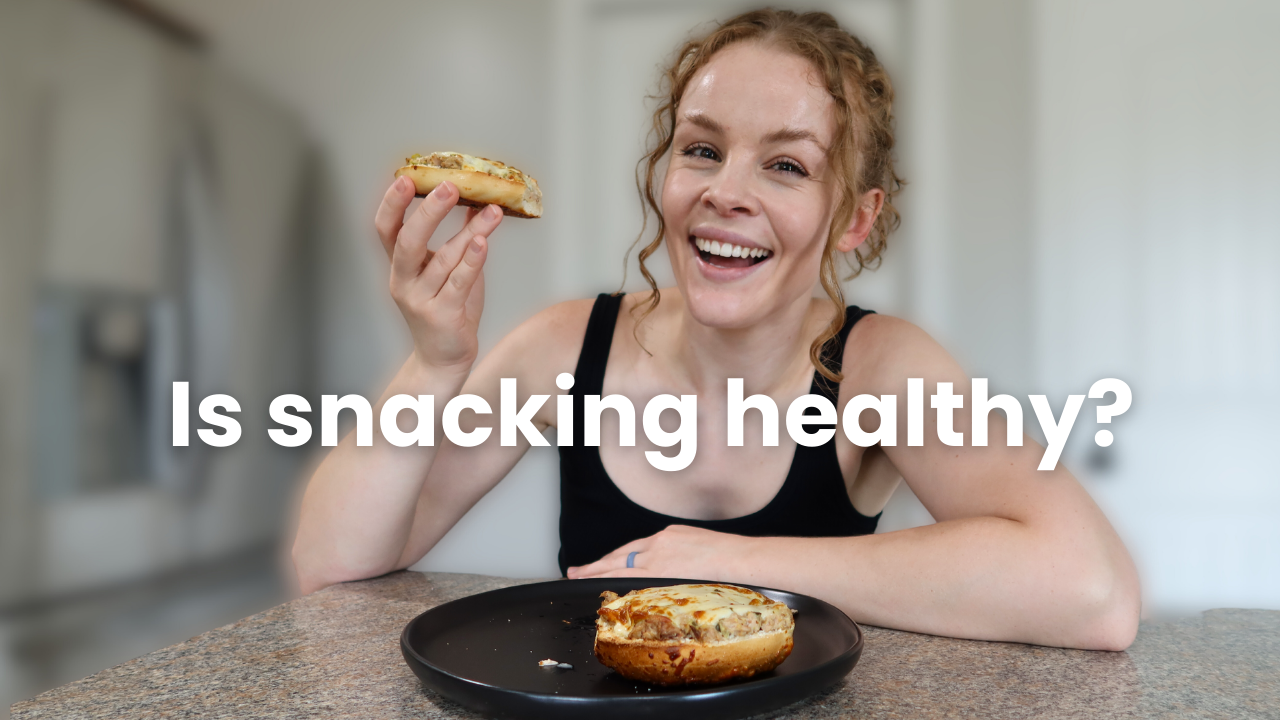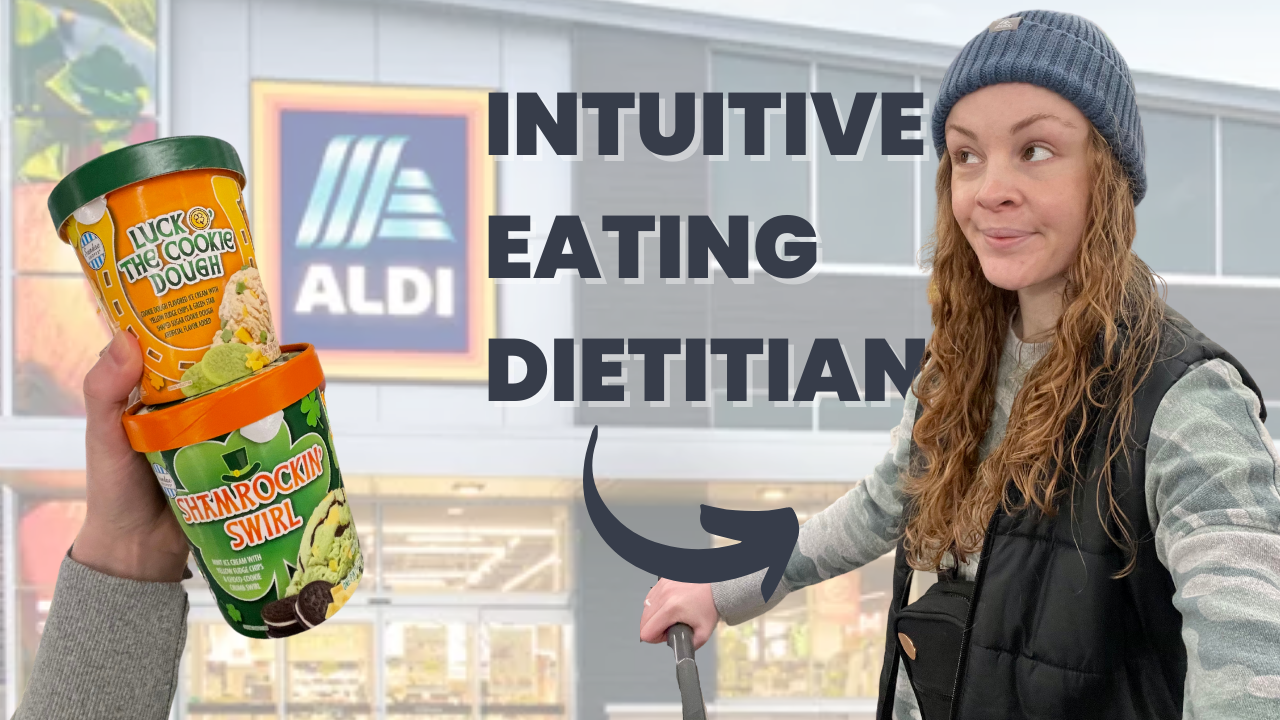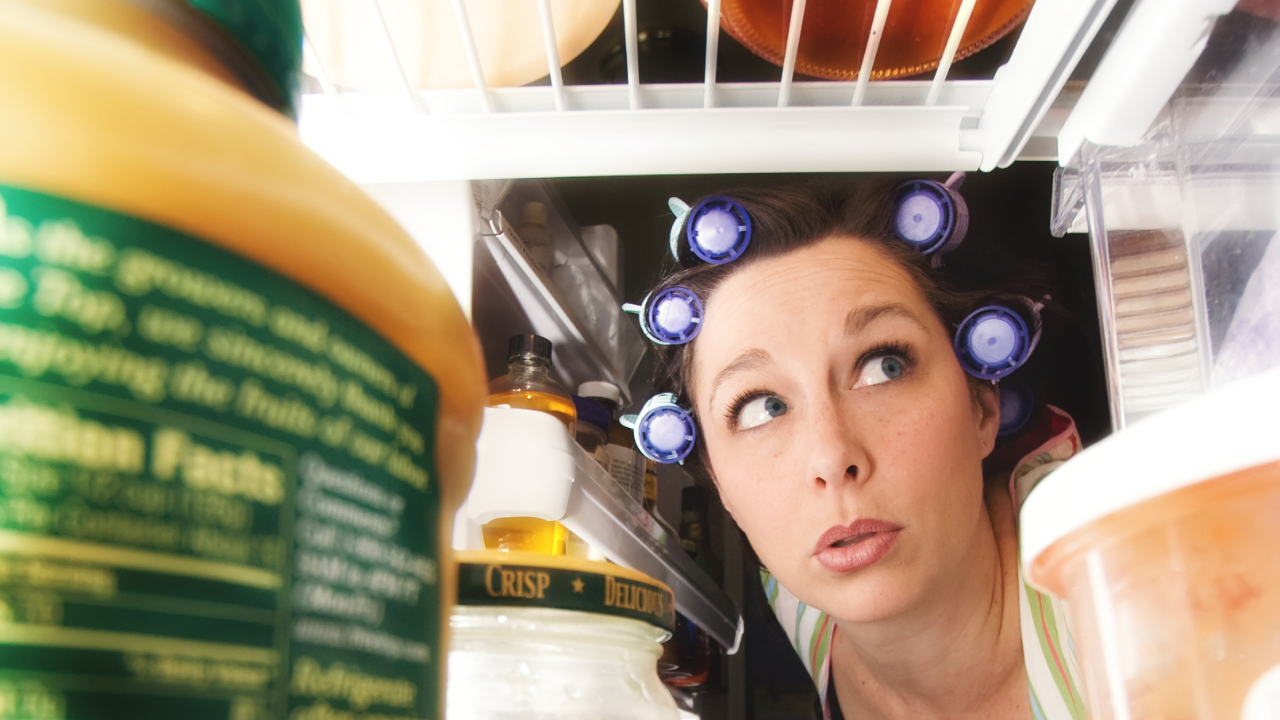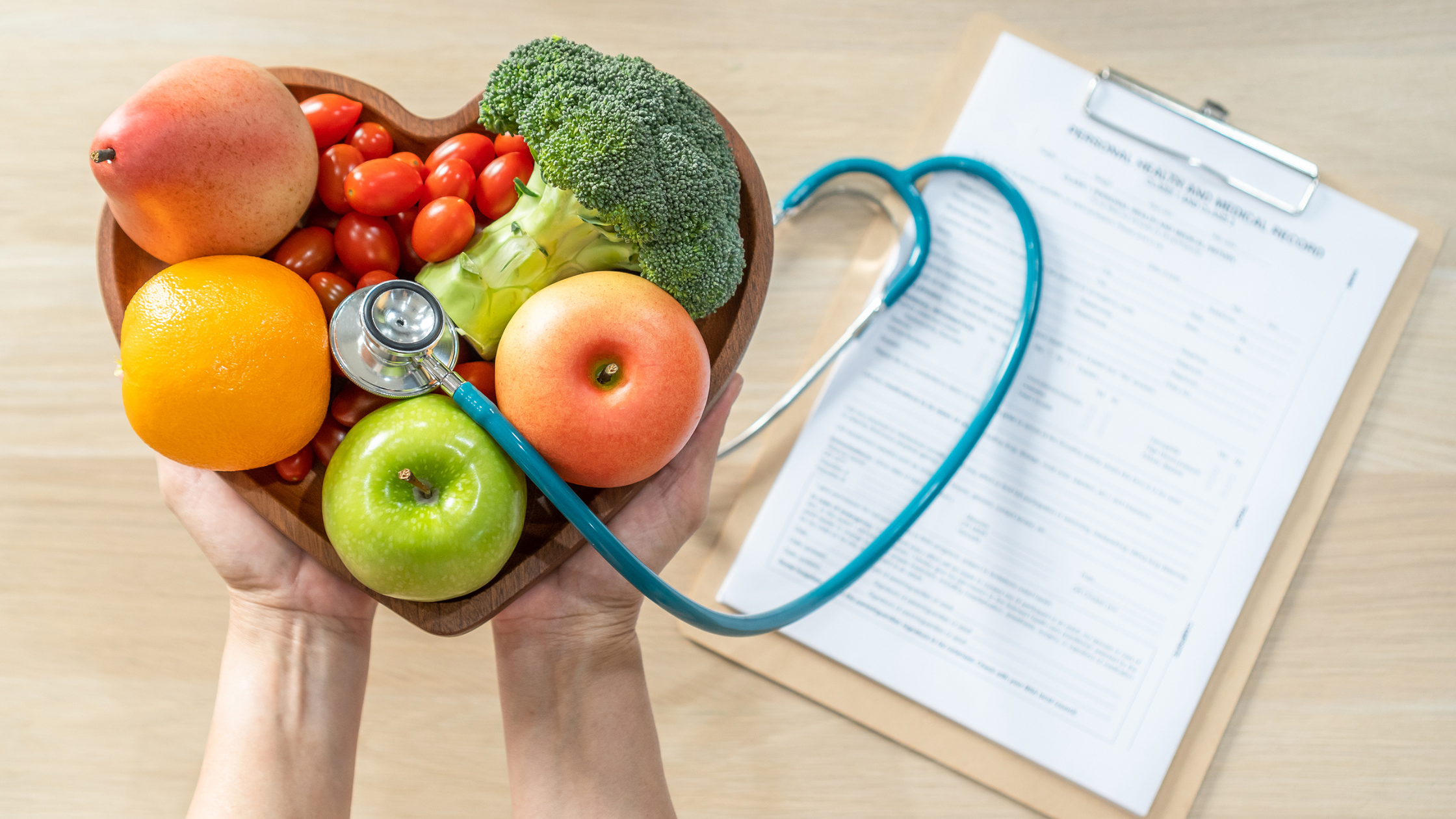Are You Eating Enough Fiber?
DISCLAIMER: Links included in this blog might be affiliate links. Health with Hannah, LLC is a participant in the Amazon Services LLC Associates Program along with other affiliate programs. If you purchase a product or service with the links that I provide I may receive a small commission with no additional charge to you. Thank you for your support!
Listen, I’m a dietitian. I talk about poop on a daily basis. I want everyone to have good poops and in this post, I am going to tell you how to make that happen.
If you ask me, fiber is the unsung hero of nutrition. And unfortunately, most people are not eating enough of it.
There are so many reasons to be enjoying high fiber foods, including improved gut and heart health and decreased risk of certain cancers.
So how do you know if you are eating enough fiber? And what are some ways to increase fiber intake?
In this blog we will cover
What is fiber?
How much fiber do you need?
Types of fiber
Benefits of fiber
Signs you are not eating enough fiber
Should you take a fiber supplement?
Dietitian’s tips to increase fiber intake
What is fiber?
Fiber is a type of indigestible carbohydrate found in plant foods. It is sometimes referred to as dietary fiber.
Most carbohydrates are broken down into sugar molecules known as glucose, but fiber cannot be broken down and instead passes through the body undigested.
How much fiber do you need?
Women should aim for about 25 grams of fiber per day and men should target about 38 grams. If you are not used to eating this much fiber, it is important to gradually increase fiber intake to prevent gastrointestinal distress.
There are some populations of people who are advised to limit fiber intake, including those with diverticulitis, gastroparesis, Crohn’s disease, or a new colostomy or ileostomy.
Types of fiber
There are two main classifications of fiber - insoluble fiber and soluble fiber.
Insoluble fiber
Insoluble fiber helps add bulk to your stool, which can move waste through your body and prevent constipation.
Sources of insoluble fiber include:
Wheat bran
Black beans, navy beans, kidney beans
Pears and apples with the skin
Flaxseed
Raspberries
Green peas
Soluble fiber
Soluble fiber (sometimes referred to as viscous fiber) helps relieve mild to moderate diarrhea by soaking up water in the digestive tract, making stool firmer and slower to pass.
Sources of soluble fiber include:
Oatmeal
Mango
Figs
Black beans, navy beans, kidney beans
Brussels sprouts
Flaxseed
Many fruits and vegetables will have fiber. This includes fresh, canned, and frozen varieties. Juice, however, is not a good source of fiber. This does not mean that juice can not be enjoyed, it just means that it can not be relied on as a fiber-rich food.
Both types of fiber may help you feel full and satisfy hunger for longer periods of time. Many fiber-rich foods will have both soluble and insoluble fiber in various amounts.
Benefits of fiber
You may have heard that fiber is good for you, but how so? Eating a fiber-rich diet can benefit many different systems in your body.
Regular bowel habits
Probably the most familiar praise that fiber receives is that it can help keep you regular. Because fiber is indigestible, it does an excellent job of sweeping through the digestive tract and adding bulk, resulting in more consistent and comfortable bowel habits.
Reduced risk of certain cancers
Fiber has been shown to offer protective effects against certain cancers, including colon and rectal cancer. While there are not any foods that protect you from cancer by itself, eating a wide variety of fiber-rich plant foods can help lower risk of many cancers.
Decreased risk of heart disease
A high-fiber diet may help with the prevention of cardiovascular disease.
Specifically, soluble fiber can help to lower LDL cholesterol levels. Soluble fiber absorbs water in the stomach to form a thick, jelly-like mass that moves through the intestines and “grabs” cholesterol to be excreted.
Signs you are not eating enough fiber
You are constipated
If you are not having regular bowel movements, one possible cause could be inadequate fiber intake. Dietary fiber can add bulk to your stools and make them softer, which are easier to pass than smaller, firmer stools.
There are various causes of constipation and in some cases, adding more fiber can even make constipation worse. You may be constipated for a variety of reasons, including:
Medications
Low fluid intake
Lack of exercise
Inflammatory bowel disease (IBD) or inflammatory bowel syndrome (IBS)
Unknown reasons, known as chronic idiopathic constipation
Try to identify the root cause of your constipation. When adding fiber to your diet, be sure to do it slowly and incorporate plenty of fluids as well.
You are hungry shortly after eating
Fiber can also help to reach fullness quicker and stay satisfied for longer. This occurs because high-fiber foods provide volume and also takes longer to digest.
You may have heard that protein can help you to stay fuller for longer, and this is true. But fiber can also provide this effect, as can dietary fats. This is why I encourage adding all three (protein, fiber, and fats) to your meals and snacks to make them more filling and satisfying. This is a concept that I call The Blueprint for Balanced Meals, which I teach inside The Nutrition Reboot Membership.
You have high cholesterol
There are many factors that contribute to high cholesterol, including genetics, age, physical activity, sex assigned at birth, and alcohol and tobacco use. Inadequate fiber intake may not necessarily be a cause of high cholesterol. And you may eat a high fiber diet and still have high cholesterol levels.
That said, eating a higher-fiber diet has been associated with lower cholesterol levels and a high-fiber diet is generally recommended for with a hypercholesterolemia (high cholesterol) diagnosis. As mentioned above, soluble fiber may help to lower LDL cholesterol (“bad” cholesterol) levels.
Learn more about managing cholesterol with a non-diet approach here.
Should you take a fiber supplement?
Before reaching for a fiber supplement, try to incorporate fiber from food sources. Fiber is found is many different types of foods that can be added to dishes that you are already consuming.
Fiber supplements may not provide the same feelings of fullness or provide the other benefits that fiber-rich foods can.
If you are struggling to meet your fiber needs through food, a fiber supplement such as psyllium may be helpful. Be sure to increase fiber intake slowly and drink plenty of fluids.
Dietitian’s tips to increase fiber intake
Ready to start incorporating more fiber in your diet? Here are a few dietitian-approved ways to add this nutrient to your plate.
Start slow. Adding fiber too quickly can cause diarrhea, constipation, and/or bloating.
Drink plenty of fluids. Fluid helps your body to process fiber without discomfort. This will be especially important as you gradually increase fiber intake.
Enjoy fruits and vegetables with the peel or skin on.
Try baking with recipes that use whole grain flour and look for whole-grain products at the grocery store.
When reading the Nutrition Facts label, look for products with at least 4 grams of dietary fiber per serving. This does not mean that you can’t enjoy low fiber foods! This is just a great way to identify foods that are high in fiber.
Spread fiber intake out by including fiber at most meals and snacks.
Look for high-fiber packaged snacks. These are some of my favorites:
Add beans and peas to foods that you already eat.
Add peas to macaroni and cheese.
Add black beans or pinto beans to taco or burrito night.
Use a variety of beans to make chili.
Add hummus to your sandwich or wrap.
Toss canned or prepared beans on a mixed greens salad.
Add chia seeds, flax seeds, and hemp heart seeds to foods that you already eat, such as
Smoothies and smoothie bowls
Oatmeal
Avocado toast
Peanut butter toast
Homemade baked goods
Soups and salads
Yogurt bowls
Add nut butter to toast, oatmeal, or with fruit.
Add grains like barley and whole wheat pasta to soups.
Bottom line
There are many benefits to eating a fiber-rich diet. As your virtual dietitian, I want you to have good poops and eating more fiber just may do the trick.
There are so many foods that offer fiber and lots of ways that you can incorporate more to your diet. What are you favorite ways to get in your fiber? Leave a comment below!
Learn more
Featured podcast episodes
See these tips in action on YouTube
Want more help on your diet ditching journey?
Join my signature membership to become part of a community of ex-dieters working towards food freedom and making peace with food so they no longer need to cut out their favorite foods.
































































